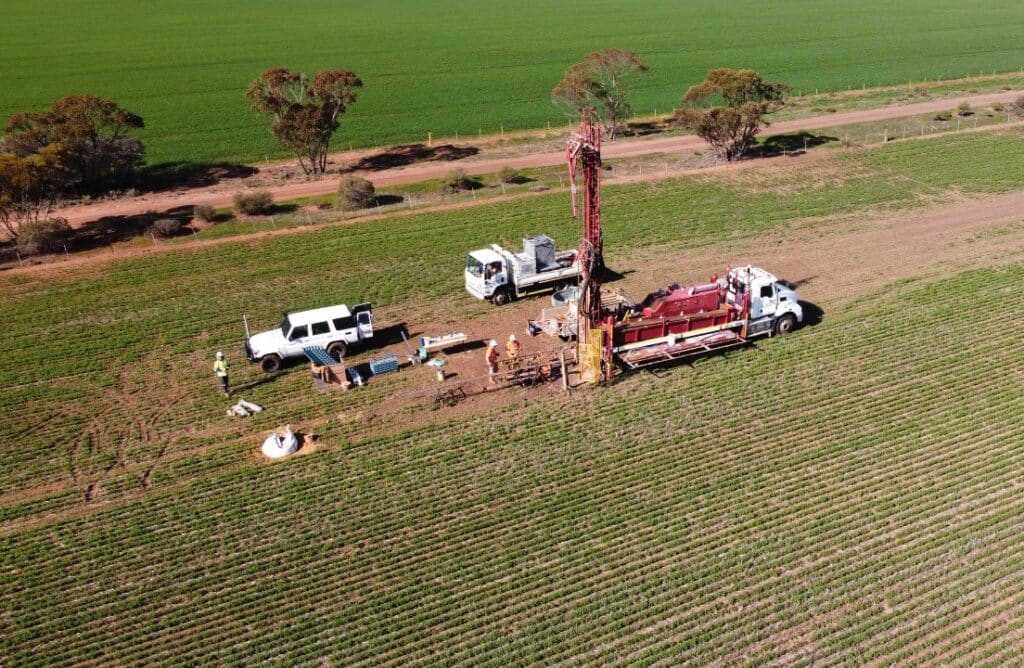Copper demand from electric vehicles to be nine times higher by 2027 — study
The growing market for electric vehicles (EVs) will significantly impact demand for copper over the next decade, according to new research commissioned by the International Copper Association (ICA). The study—Copper Intensity in the Electrification of Transport and the Integration of Energy Storage—was conducted by IDTechEx and provides new insight into copper’s essential role in EVs.
Electric vehicles use a substantial amount of copper in their batteries, and in the windings and copper rotors used in electric motors. A single car can have up to six kilometers of copper wiring. The metal is also required for busbars, used to connect modules and cells in battery packs, and in charging infrastructure.
Whilst most cars use internal combustion engines that require up to 23 kg of copper, the IDTechEX research found that a hybrid electric vehicle uses 40 kg of copper, a plug-in hybrid electric vehicle uses 60 kg, a battery electric vehicle 83 kg, and a hybrid electric bus 89 kg. A battery-powered electric bus can use 224–369 kg of copper, depending on the size of battery used.
“Copper has the highest conductivity of any non-precious metal, and plays an important role in all energy production, but it is particularly important for future sustainable technology applications such as electric vehicles,” said Colin Bennett, Market Analysis and Outreach, ICA. “Copper increases the efficiency and reliability of these vehicles and is itself a sustainable material, as it is 100% recyclable without loss of properties.”
“The demand for electric vehicles is forecast to increase significantly over the next ten years as technology improves, the price gap with petrol cars is closed and more electric chargers are deployed,” said Franco Gonzalez, Senior Technology Analyst at IDTechEx, who co-authored the study. “Our research predicts this increase will raise copper demand for electric cars and buses from 185,000 tonnes in 2017 to 1.74 million tonnes in 2027. That’s a ninefold increase. On top of this, each electric vehicle charger will add 0.7 kg of copper and if they are fast chargers, they can add up to 8 kg of copper each.”
Copper’s use in this technology could grow even higher as energy independent vehicles (EIV) enter the market. These electric vehicles use solar photovoltaic (PV) surfaces on the roof to provide power from renewable energy. The PV systems also rely on a considerable quantity of copper to operate.
For more information on copper demand or ICA, visit copperalliance.org. For more information of copper’s use in sustainable energy, visit sustainablecopper.org.
More News
Japan sets sail on rare earth hunt as China tightens supplies
January 11, 2026 | 04:22 pm
Australia’s VHM scraps offtake deal with Shenghe Resources
January 11, 2026 | 04:08 pm
{{ commodity.name }}
{{ post.title }}
{{ post.date }}






Comments